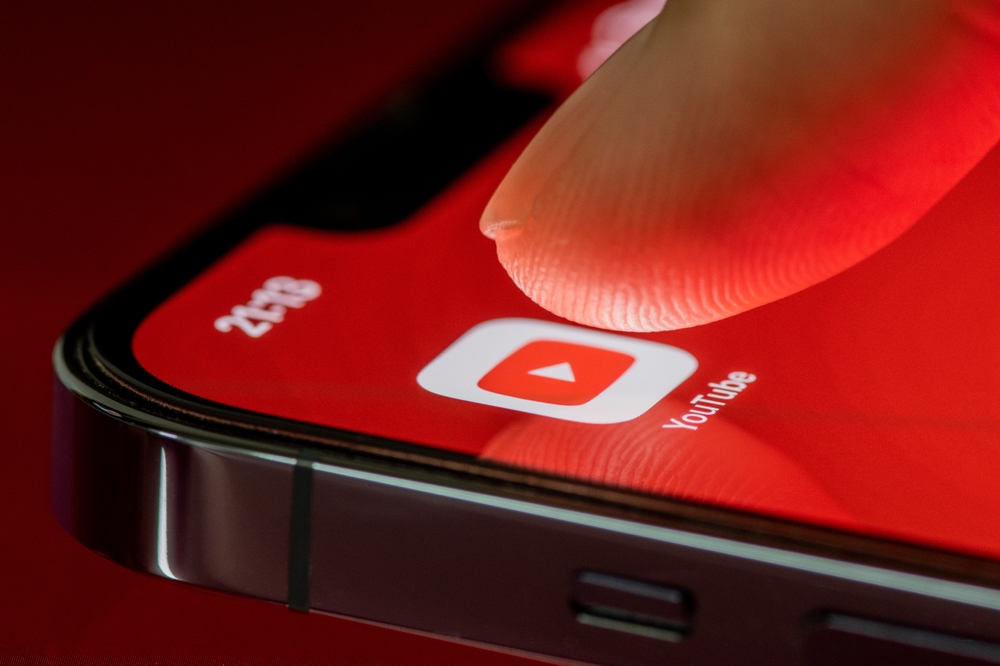YouTube’s CEO, Neal Mohan, believes that artificial intelligence (AI) and a stronger bond with creators will be crucial for the platform’s future growth, according to the Financial Times.
YouTube’s annual revenue is currently $50 billion, but the platform has evolved far beyond its original role as a video hosting service. It has become a key player in music and video streaming, a cable TV subscription provider, a platform for live sports broadcasts, and a revenue-sharing service for creators, boasting hundreds of millions of subscribers. Despite this growth, Mohan believes there is still huge untapped potential. “We haven’t even scratched the surface of what we can do with technologies like generative AI,” he says. The platform is aiming to push this potential in the coming years, promising that there will be significant changes ahead.

AI and the Future of Content Creation
While YouTube’s ad revenue saw a decline in 2023, it has rebounded in 2024 with a 15% growth, reaching $25.4 billion in the first ten months. Although this still represents only a fraction of Alphabet’s total ad revenue from search ($144 billion), the company needs substantial funds to maintain its competitive edge against Microsoft and Amazon, who are aggressively investing in data centers and AI chip development.
Mohan, who became YouTube’s CEO in 2023 after serving as the chief product officer for five years, is set to aggressively introduce generative AI services. However, he must carefully balance these new tools with the concerns of content creators who worry that AI might replace their creative roles. Creators have been a cornerstone of YouTube’s success, and over the past three years, the platform has paid $70 billion in advertising and subscription revenue to them. Mohan reassures creators that AI is meant to assist, not replace them. For example, YouTube’s experimental features—such as Dream Screen and Dream Track—use AI to generate videos and music based on text queries, but these tools are designed to empower creators rather than replace them. Additionally, YouTube has been working on automatic dubbing, a feature powered by Google’s DeepMind AI division, to translate videos from English into multiple languages, expanding accessibility for viewers globally.
YouTube’s Expanding Audience and Content Investment
YouTube is also showing the most active growth in the smart TV sector, where it broadcasts over 1 billion hours of content daily. This content spans TV series, sports events, and the short vertical videos in the Shorts section, which competes with TikTok and garners 70 billion views per day.
In terms of content investment, YouTube ranks third after Disney and Comcast. In the first half of 2024, YouTube invested $20 billion in content, surpassing Netflix and Warner Bros, adds NIXSolutions. Discovery. By the end of 2024, YouTube’s advertising revenue is projected to reach $35 billion, outpacing both Disney+ and Amazon Prime Video, though still slightly behind Netflix. One of YouTube’s biggest investments is a seven-year deal worth $14 billion to broadcast the US National Football League, an agreement that helped drive the 35 billion hours of sports content watched on the platform in the past year.
Despite facing competition from various media giants, YouTube continues to grow, focusing on AI, content diversification, and stronger ties with its creator community. We’ll keep you updated as more integrations become available in the future, and the platform’s strategies evolve to maintain its dominant position in the industry.
